Wealth is being extracted from the market, and you are experiencing this phase.
Author: Tulip King, Chief Technology Officer at MessariCrypto
Article compiled by: Block unicorn
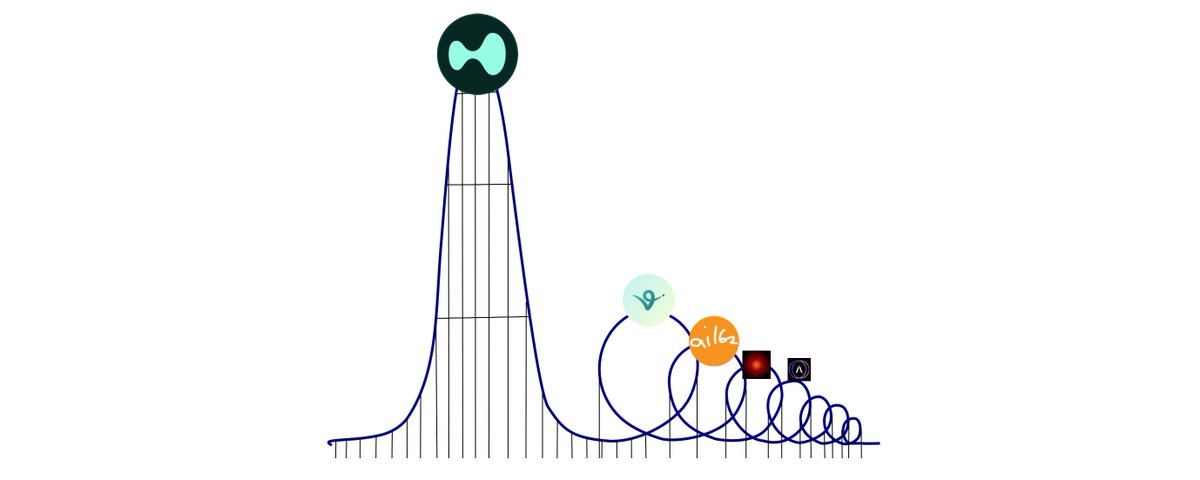
Introduction:
The abhorrent behavior of @BanklessVC clearly indicates that we have entered a predatory, PvP (player versus player) market phase. Protect yourself and your gains.
I suspect this cycle has peaked, and we are currently experiencing a natural pullback as the crypto market attempts to release pain—but this pain may persist for a while.
Coins like virtuals, ai16z, and heyanon may set new historical highs during the recovery, but they will face the impact of narrative risks—please continue to reassess your worldview.
What is driving the market up?
The reason for the market rise is the influx of new capital, which is evident. From now on, I will discuss the concept of new capital flowing into the market in relation to the "wealth effect." We should all hope that the crypto industry can create real value (wealth) in the world and share the fruits of monetary expansion. This can be achieved in several ways:
1. Creating wealth through innovation (airdrops)
Airdrops have become a powerful mechanism for value redistribution in the crypto market, creating significant wealth effects that benefit a wide range of participants. The Uniswap airdrop in September 2020 set the standard by distributing 400 UNI tokens (worth about $1,400 at issuance) to over 250,000 addresses, ultimately totaling over $900 million in value.
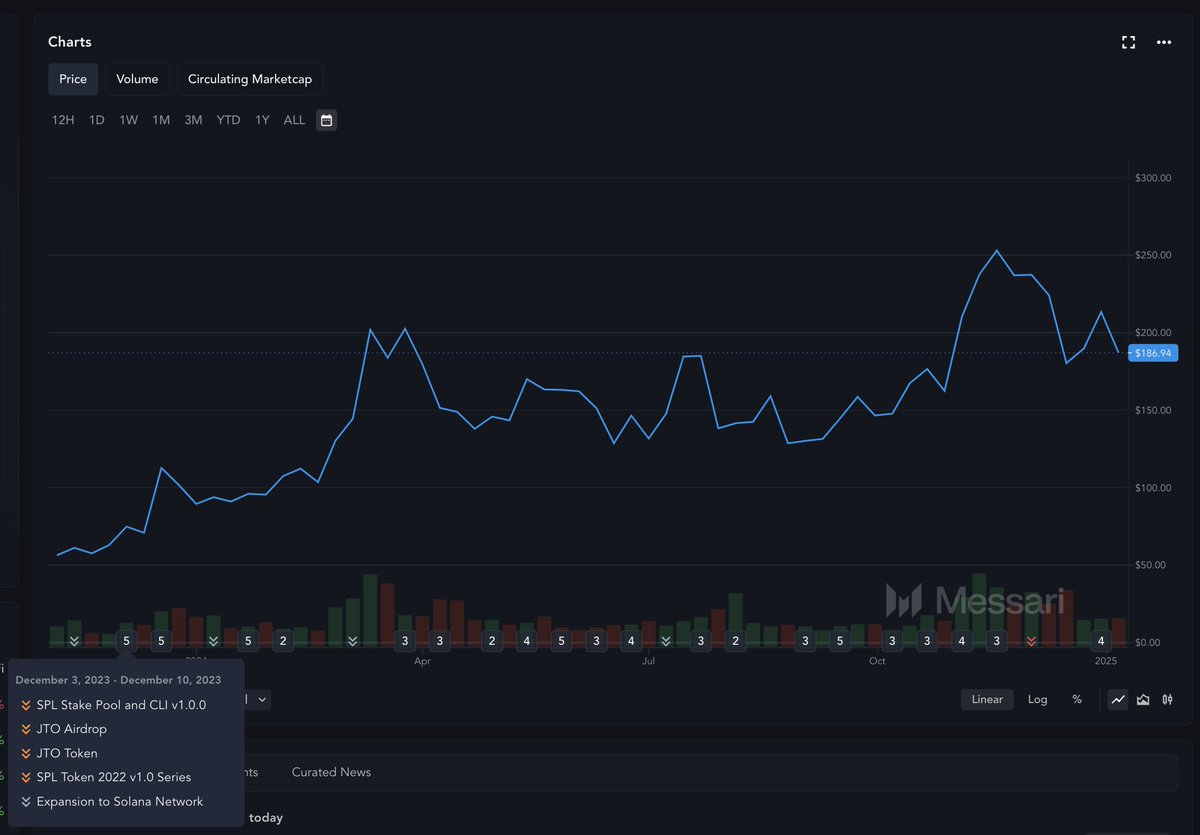
The Jito airdrop was an important catalyst in the early Solana altcoin bull market.
The Jito airdrop in December 2023 distributed 90 million JTO tokens, with a total value of $165 million, and some users reaped returns of up to $10,000 by transferring JitoSOL worth $40. The Jito airdrop helped drive the growth of Solana's total locked value (TVL) and facilitated an increase in on-chain activity. This wealth effect stimulated broader adoption and development of the Solana ecosystem, similar to the catalytic effect of Uniswap's UNI token on DeFi growth.
Jupiter's token distribution further exemplifies the democratization potential of airdrops. They plan to distribute 700 million JUP tokens, covering over 2.3 million eligible wallets, making it one of the most widely distributed airdrops in crypto history. Jupiter's airdrop strategy aims to promote the growth of its ecosystem by incentivizing long-term participation and governance involvement. These airdrops have demonstrated significant efficiency in expanding market participation.
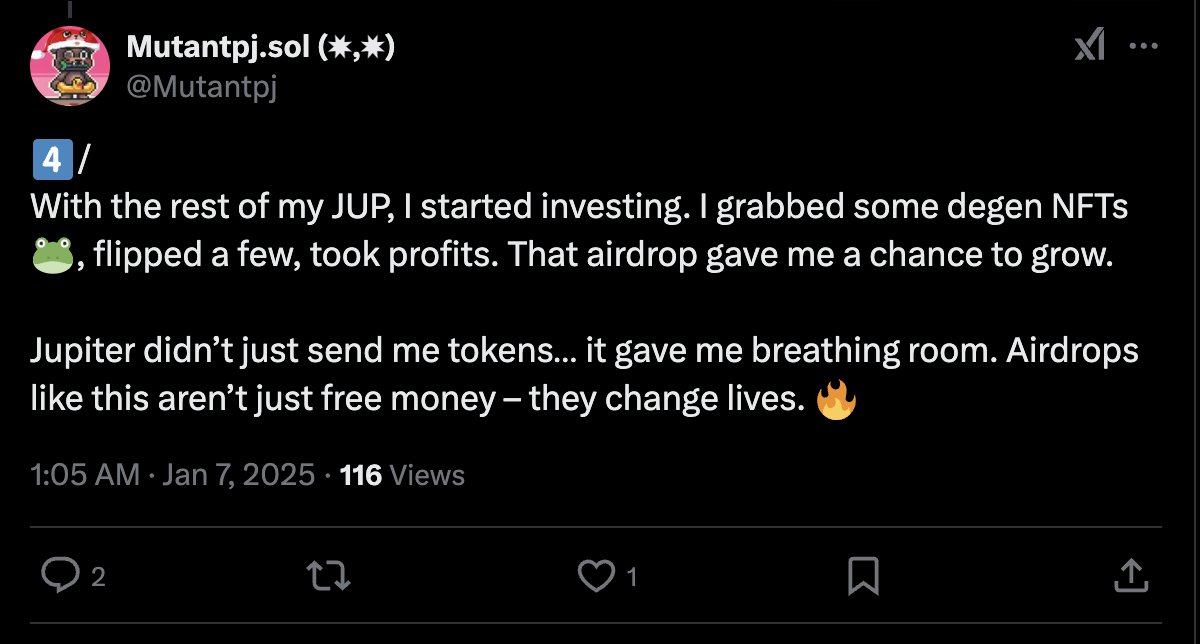
This is what I want to say.
The wealth effect is not limited to direct economic gains. These airdrops have transformed users into stakeholders, enabling them to participate in governance and protocol development. This mechanism creates a virtuous cycle: benefiting participants reinvest their wealth into the ecosystem, further driving market expansion and innovation.
These strategic distributions have proven to be powerful market catalysts, triggering broader bull market cycles in their respective fields. The Uniswap airdrop ignited the DeFi summer of 2020, with its distribution sparking a wave of innovation in decentralized finance. Similarly, the Jito airdrop in December 2023 became a turning point for the Solana ecosystem, driving TVL growth and catalyzing unprecedented on-chain activity. This surge in liquidity and market confidence laid the groundwork for subsequent altcoin explosions and brought significant growth. These airdrops effectively acted as economic stimuli for the entire ecosystem, creating a self-reinforcing cycle of investment and innovation that defined their respective market eras.
2. Wealth appreciation (marginal buyers)
When the market experiences positive catalysts like strategic airdrops, it attracts previously hesitant participants who bring new capital and enthusiasm. The influx of these marginal buyers creates a virtuous cycle of market expansion and innovation.

Airdrops trigger positive FOMO, driving new and old users to engage more deeply in the market.
Hesitant investors, witnessing successful airdrops and the subsequent market momentum, begin to deploy capital, transitioning from bystanders to active market participants. This shift from cash to crypto assets represents a true influx of new capital into the ecosystem, rather than just a transfer among existing participants.
Large financial institutions are increasingly driving this shift, with companies like BlackRock, Fidelity, and Franklin Templeton creating products that link traditional finance with digital assets. Their participation helps legitimize the market and provides a more convenient entry point for hesitant capital to enter the market. This expansion creates a positive-sum environment where new participants contribute to overall market growth.
Unlike a zero-sum trading environment, a market stimulated by new participants creates a genuine wealth effect through increased liquidity, heightened development activity, and broader adoption. This positive feedback loop attracts more hesitant capital, further driving the growth of the ecosystem.
3. Creating wealth through leverage (multiplicative expansion)
At the end of a bull market, leverage becomes a primary driver of price increases, marking a transition from value creation to value multiplication. As the market enters a price discovery phase, traders increasingly use leverage to amplify positions, creating a self-reinforcing upward momentum cycle.
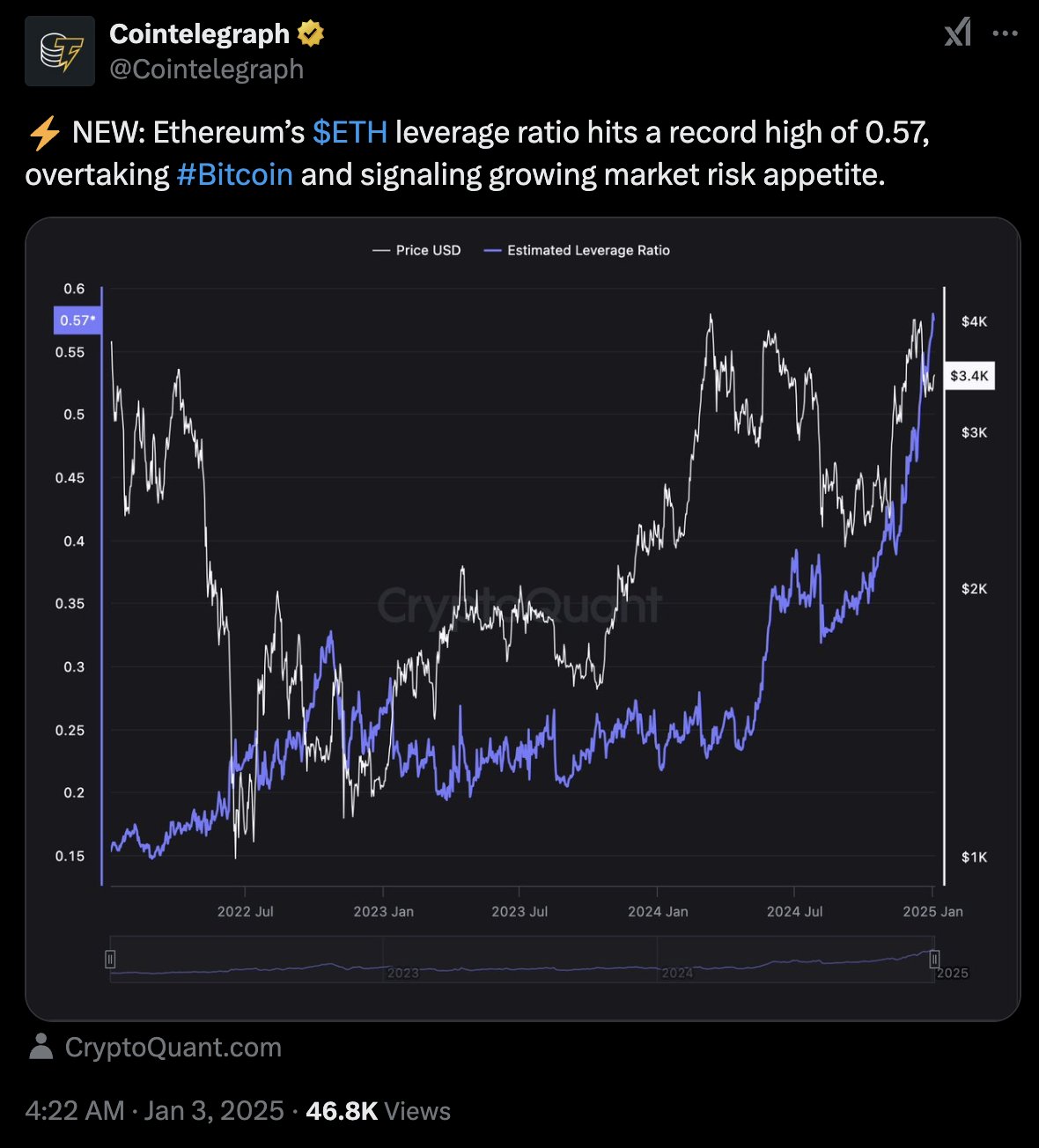
Interesting.
As Bitcoin enters a price discovery phase above historical highs, leverage ratios surge as traders seek to maximize their risk exposure. This creates a chain reaction where borrowed stablecoins drive further purchases, pushing prices higher and encouraging more leveraged positions. This multiplicative effect accelerates price volatility.
The increasing use of leverage also introduces systemic vulnerabilities to the market. As more traders take leveraged positions, the likelihood of chain liquidations rises, especially when borrowed stablecoins become more expensive and harder to obtain.
The rising cost of stablecoin borrowing is a key indicator of the market entering its final phase. This represents a critical shift from organic growth to leverage-driven expansion, where no new value is created—only existing value is amplified through debt.
This heavy reliance on leverage at this stage creates an unstable situation, where sudden price fluctuations can trigger mass liquidations, leading to rapid price pullbacks. This vulnerability indicates that the bull market is nearing its end, as the system increasingly relies on borrowed funds rather than fundamental value creation.
What causes the market to decline?
The market decline is due to capital flowing out of the market, which is also evident. This is essentially a reverse wealth effect, where speculators exploit the market's animal spirits, smart money takes chips off the table to lock in profits, while the foolish are liquidated.
1. Wealth is extracted from the market
The crypto ecosystem regularly experiences cycles of value extraction, where savvy operators design schemes to siphon capital from enthusiastic market participants. Unlike productive innovations that distribute value, these schemes systematically remove liquidity from the market through various predatory mechanisms.

The most disgusting part of the Bankless story is that they extracted thousands of SOL from the ecosystem for just 2 SOL.
The recent launch of Aiccelerate DAO showcases this evolution—despite being supported by well-known advisors like the founders of Bankless and industry veterans, the project began selling off tokens immediately after insiders received them, without a lock-up period, and was met with immediate criticism. Even well-known figures can become tools for rapid value extraction.
Celebrity tokens also embody this predatory behavior. These projects, through malicious smart contracts and coordinated dumping, effectively transfer wealth from retail buyers to insiders, stifling the altcoin cycle. These extraction events undermine market confidence and suppress the enthusiasm of legitimate participants. They not only fail to build sustainable ecosystems but also create cycles of distrust that harm the maturation of the broader cryptocurrency ecosystem.
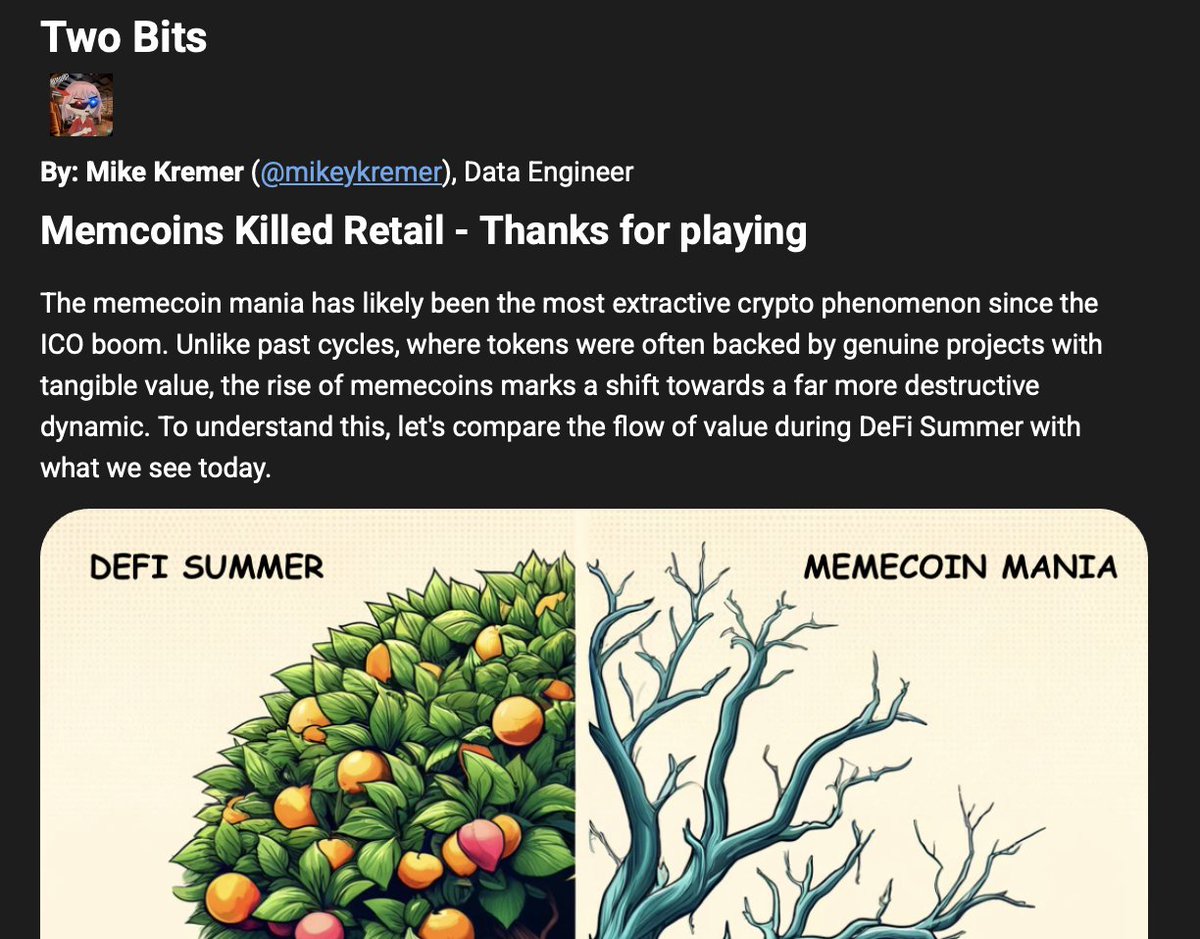
I previously discussed this issue in the Messari newsletter.
These schemes do not reinvest profits into ecosystem development but systematically extract liquidity from the market. The extracted funds often exit the crypto ecosystem entirely, reducing the total available capital for legitimate projects and innovation.
The evolution from obvious scams to complex operations supported by well-known figures represents a concerning trend. When established institutions engage in rapid value extraction, market participants find it increasingly difficult to distinguish between legitimate projects and complex frauds.
2. Only sellers

Are you surprised that BAYC peaked just 3 months later?
When the market begins to decline, a key asymmetry emerges—the gap between mature players who recognize market changes and retail investors who still firmly believe in the bull market narrative. At this stage, the market is characterized not by the influx of new capital but by experienced operators systematically extracting liquidity.
Professional traders and investment firms begin to reduce risk exposure while maintaining public optimism. Venture capital firms quietly liquidate positions through over-the-counter markets and strategic exits, protecting capital while avoiding market impact. This practice creates a false sense of stability, even as significant capital has exited the system.
Smart investors begin withdrawing liquidity from DeFi protocols and trading venues. This subtle but steady liquidity drain creates an increasingly fragile market condition, even though the average observer may not immediately see its effects.
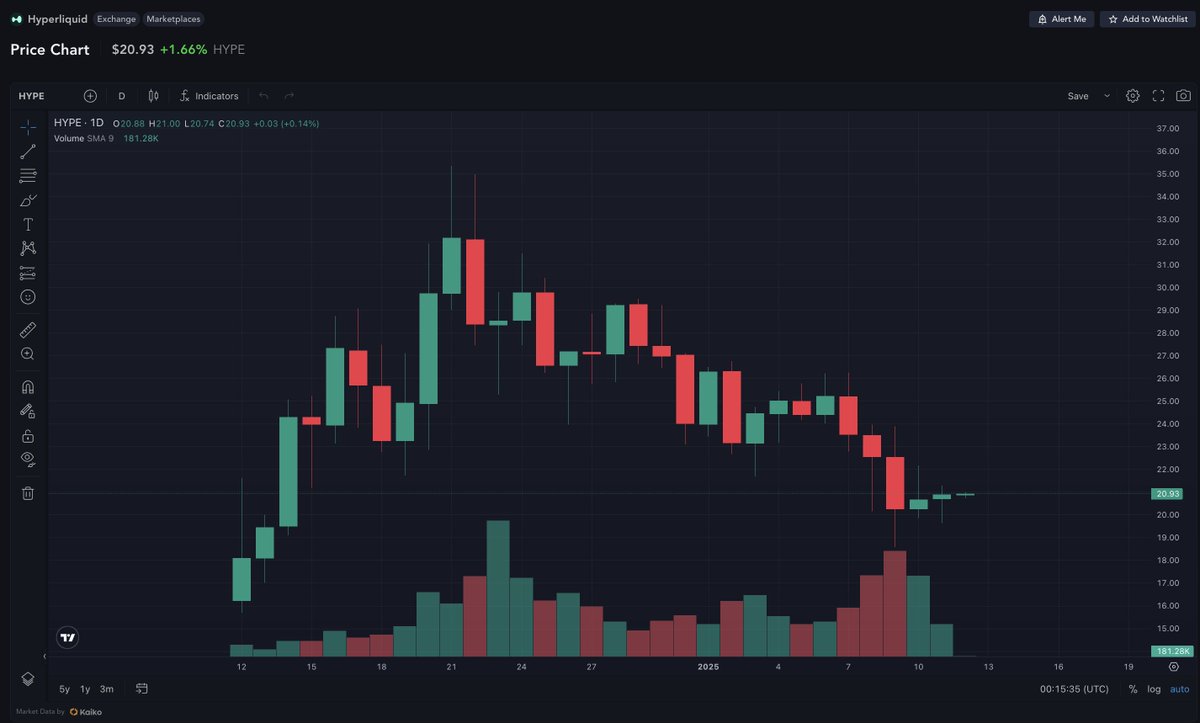
It seems that some savvy investors are reclaiming their chips from the table.
Denial Psychology: While experienced players can secure profits, retail investors often still believe that the downturn is a temporary buying opportunity. This cognitive dissonance is reinforced by the following factors:
The information bubble of social media maintains a bullish narrative.
Attachment to unrealized gains from the bull market.
Misinterpretation of the "diamond hands" mentality.
Most retail investors miss the optimal exit point, holding on during the initial downturn and trying to justify their decisions. As the downtrend becomes apparent, a significant amount of value has already been lost, panic sets in, and selling pressure intensifies.
The steady withdrawal of professional capital leads to deteriorating market conditions, where each subsequent sell order has an increasingly noticeable impact on prices. The deterioration of market depth often goes unnoticed until significant price volatility exposes underlying vulnerabilities.
Unlike the positive-sum environment driven by new entrants during a bull market, this phase represents pure value destruction, as capital systematically exits the crypto ecosystem, leaving remaining participants to bear increasing losses.
3. Leverage Explosion (Chain Reaction of Liquidations)
The final stage of market capitulation reveals the devastating effects of excessive leverage, as Warren Buffett famously said, "Only when the tide goes out do you discover who's been swimming naked." The most dramatic crashes in the crypto market are a stark embodiment of this principle.
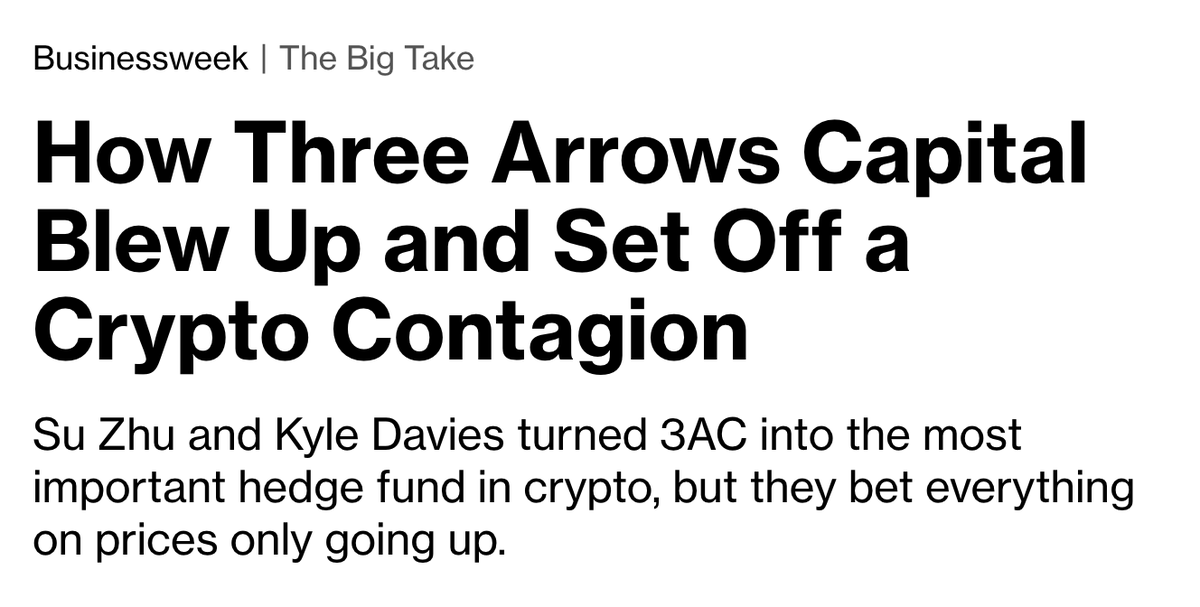
The unraveling began in June 2022 with the collapse of the $10 billion hedge fund 3AC. Their leveraged positions, including $200 million in LUNA and significant exposure to the Grayscale Bitcoin Trust, triggered a series of forced liquidations. The fund's failure revealed a complex web of interconnected loans, affecting over 20 institutions.
The collapse of FTX further illustrated the dangers of hidden leverage. Alameda Research borrowed $10 billion of FTX customer funds, creating an unsustainable leverage structure that ultimately led to the downfall of both entities. Disclosures revealed that 40% of Alameda's $14.6 billion in assets were held in illiquid FTT tokens, exposing the fragility of their leveraged positions.
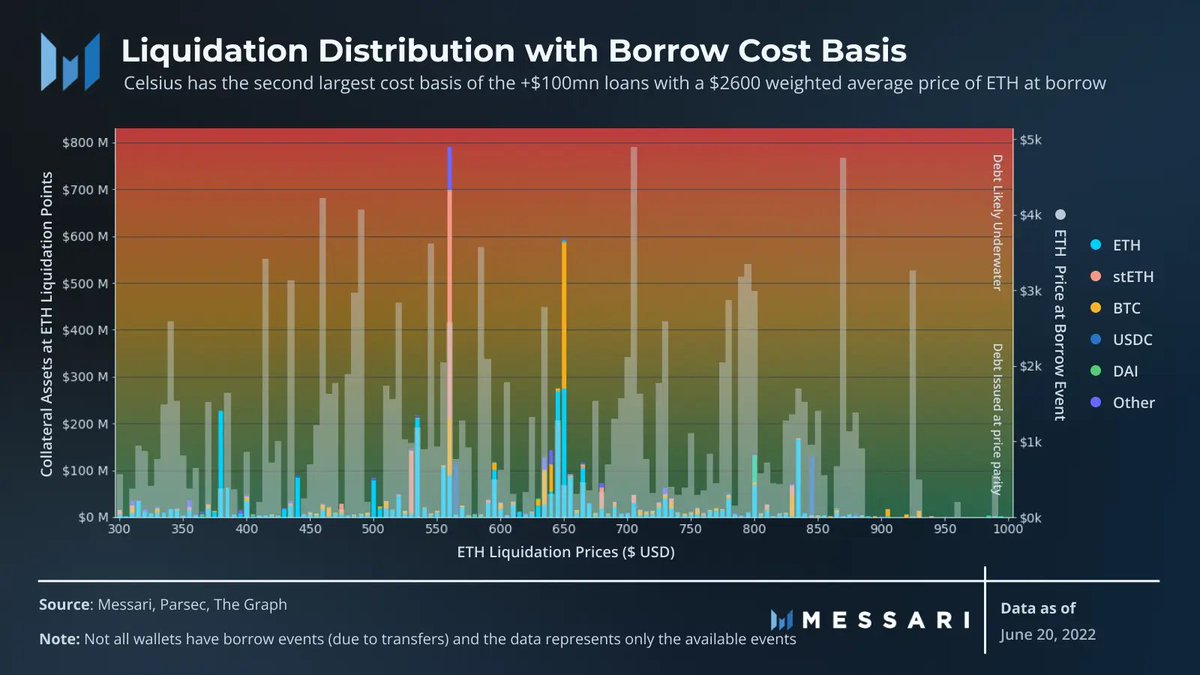
Old research by @Saypien_
These collapses triggered widespread market contagion. The failure of 3AC led to the bankruptcy of several cryptocurrency lending institutions, including BlockFi, Voyager, and Celsius. Similarly, the collapse of FTX created a domino effect throughout the industry, with many platforms freezing withdrawals and ultimately filing for bankruptcy.
The successive liquidations revealed the true state of market depth. When leveraged positions are forcibly closed, asset prices plummet, triggering further liquidations and creating a vicious cycle. This exposed how much of the market's apparent stability was supported by leverage rather than true liquidity.
The tide going out revealed that many institutions previously thought to be mature were actually swimming naked, with inadequate risk management and excessive leverage. The interconnectedness of these positions means that one failure can trigger a systemic crisis, exposing the vulnerabilities of the entire crypto ecosystem.
Looking Ahead - Narrative Risks
The title of this article is somewhat provocative. My intuition tells me that this is just a healthy, albeit painful, market washout. We will rebound. Especially since Bitcoin's price targets remain quite high—but I have already pulled my chips from the table, locking in the Bitcoin gains I am willing to carry into the next cycle, if this truly is the end. Remember, no one goes bankrupt for taking profits.
I have written many times about the importance of following market narratives rather than clinging to old coins. The longer this market downturn lasts, the more narratives will change. If the market fully recovers by tomorrow morning, I expect virtuals, ai16z, and virtuals series tokens to continue winning. But if the market takes longer to recover, you should keep an eye on those new coins to see if they can attract new capital inflows.
You should understand that I am telling you not to have a bias towards holding coins; unless you truly have strong conviction, do not hold onto your coins throughout the downturn. Even if they create new historical highs, I bet you will miss out on a lot of potential gains by not timely switching to new coins.
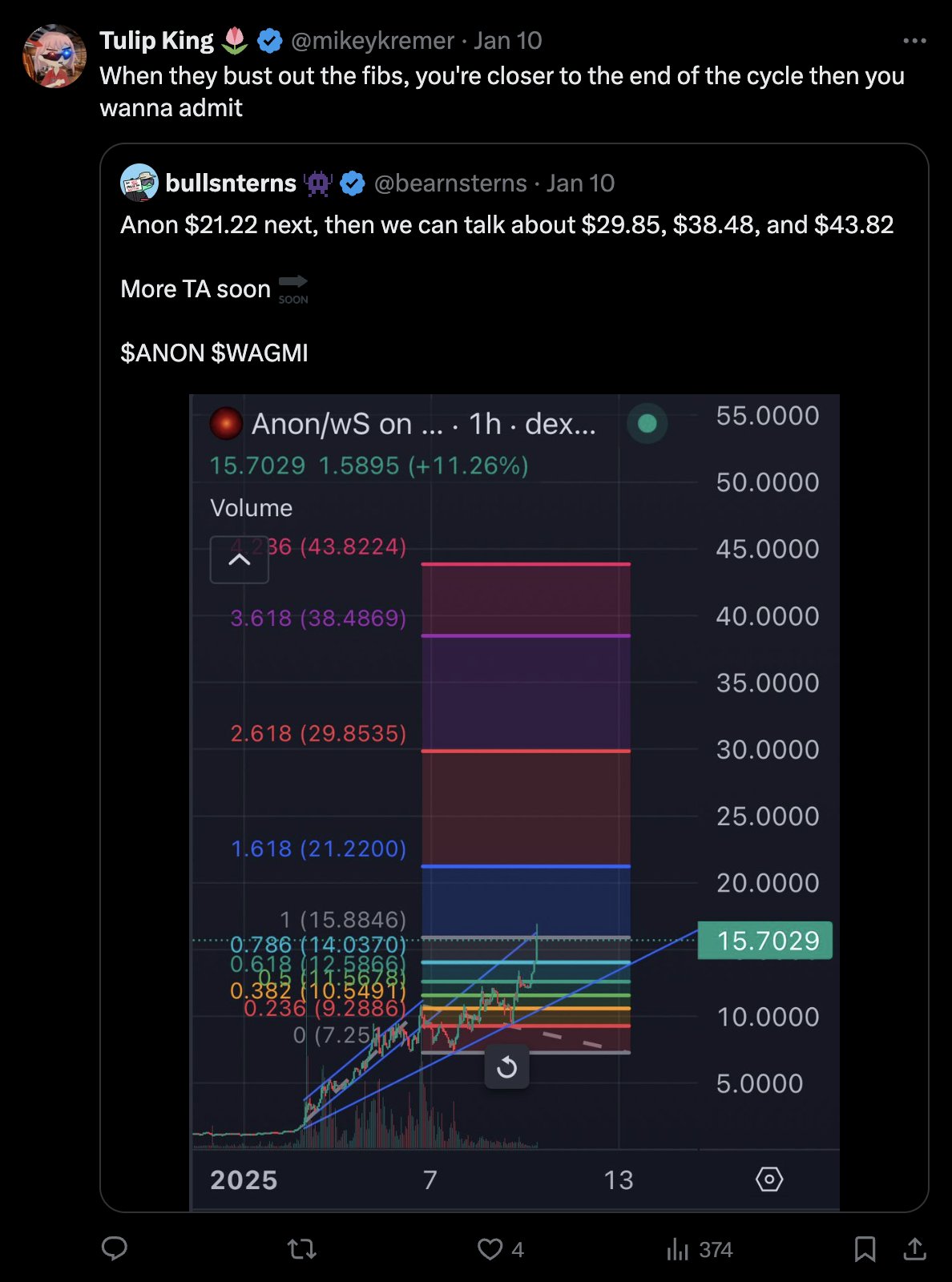
The only reason people post Fibonacci charts is to convince themselves (and others) that they can sell at a higher price.
免责声明:本文章仅代表作者个人观点,不代表本平台的立场和观点。本文章仅供信息分享,不构成对任何人的任何投资建议。用户与作者之间的任何争议,与本平台无关。如网页中刊载的文章或图片涉及侵权,请提供相关的权利证明和身份证明发送邮件到support@aicoin.com,本平台相关工作人员将会进行核查。




